Essay by Jason Reed
Co-founder and director of Borderland Collective and Associate Professor of Photography at Texas State University, 2020Pecos, Texas has for most of its life been a place in-between here and there. It is flat, hot, and dusty with little geological dimension save for the scrub brush that dots the endless horizon. The much-mythologized Pecos River cuts through the windswept plains east of town. Follow that river and the Texas/Mexico border is just a few hours south.
Yet unlike many of the rural towns that have faded away in an ever-increasing urbanized age, Pecos sits on the Permian Basin—a massive geological formation stretching across parts of West Texas and Eastern New Mexico that is exceedingly rich with oil and gas.
Pecos, ostensibly in the middle of nowhere, is in fact part of the epicenter of the global energy market. The town and its people provide the labor and support structures for this multi-billion dollar oil industry.
In Hope Mora’s Pecos Eagles, we see the many layers of this small but complex geography, mostly through affirmative portraits of the people that live there and make up the community: a young girl dressed in an Elsa costume stands in the middle of a rodeo ring; two teens wearing Pecos Eagles t-shirts stand firm, gazing back at us, as a pink West Texas sunset drifts away on the horizon; a woman with turquoise boots stands in the late afternoon sun against her dump truck, likely used for hauling kaliche or water to the oil fields.
In Hope Mora’s Pecos Eagles, we see the many layers of this small but complex geography, mostly through affirmative portraits of the people that live there and make up the community: a young girl dressed in an Elsa costume stands in the middle of a rodeo ring; two teens wearing Pecos Eagles t-shirts stand firm, gazing back at us, as a pink West Texas sunset drifts away on the horizon; a woman with turquoise boots stands in the late afternoon sun against her dump truck, likely used for hauling kaliche or water to the oil fields.
This is where Hope’s work is crucial in composing a more nuanced and complete understanding of rural America, which is largely depicted in both politics and contemporary photography as a white melancholic space from another time. Hope is from Pecos and much of her family is still there. She knows the rituals of life in the small town, has witnessed the economic shifts of the oil boom/bust cycle, and knows that it is the labor and resilience of the Latina/o population that forms the structural web of Pecos, as is true in many rural towns from the oil fields of West Texas to the meatpacking towns of the Midwest. Instead of tired and superficial depictions of rural life, Hope invites us to hold dialogue with a multiplicity of characters in the interludes of their daily lives. These pictures are not about struggle but about pride, joy, and celebration of family and community.
Teju Cole writes, “A photographic portrait records a human encounter. The photographer’s intent and the sitter’s agreement, and vice versa, are made visible. The portrait also contains the tacit hope that a third party, the viewer, will be able to register the traces of that previous encounter.” In Pecos Eagles, we are left not only with clues about the people and their jobs, environments, and relationships to each other, but most significantly we are left with a sense of the respect Hope has for these individuals, their place in her own life, and their importance in articulating a more complete the story of a real America.
Teju Cole writes, “A photographic portrait records a human encounter. The photographer’s intent and the sitter’s agreement, and vice versa, are made visible. The portrait also contains the tacit hope that a third party, the viewer, will be able to register the traces of that previous encounter.” In Pecos Eagles, we are left not only with clues about the people and their jobs, environments, and relationships to each other, but most significantly we are left with a sense of the respect Hope has for these individuals, their place in her own life, and their importance in articulating a more complete the story of a real America.

Pecos has inspired my work as an artist for as long as I can remember. Memories as a Pecos Eagle. The broken beer bottle glass covering the land of dry caliche dirt in my parent’s neighborhood. Tamales from La Norteña, bbq kick backs, menudo, and snow cones. The sounds of loud air conditioners and quiet streets. Cruising around the park, eddy and cedar street. Repeat. A place that is boring, but full of love.
I’m proud to be from Pecos, and every image I make is out of love and celebration for the place I call home. Thank you to mi familia, friends, and everyone in Pecos who welcomed me to take your picture.
Excerpt from My Love Letter to Pecos,in Pecos Enterprise Newspaper, Hope Mora, 2020





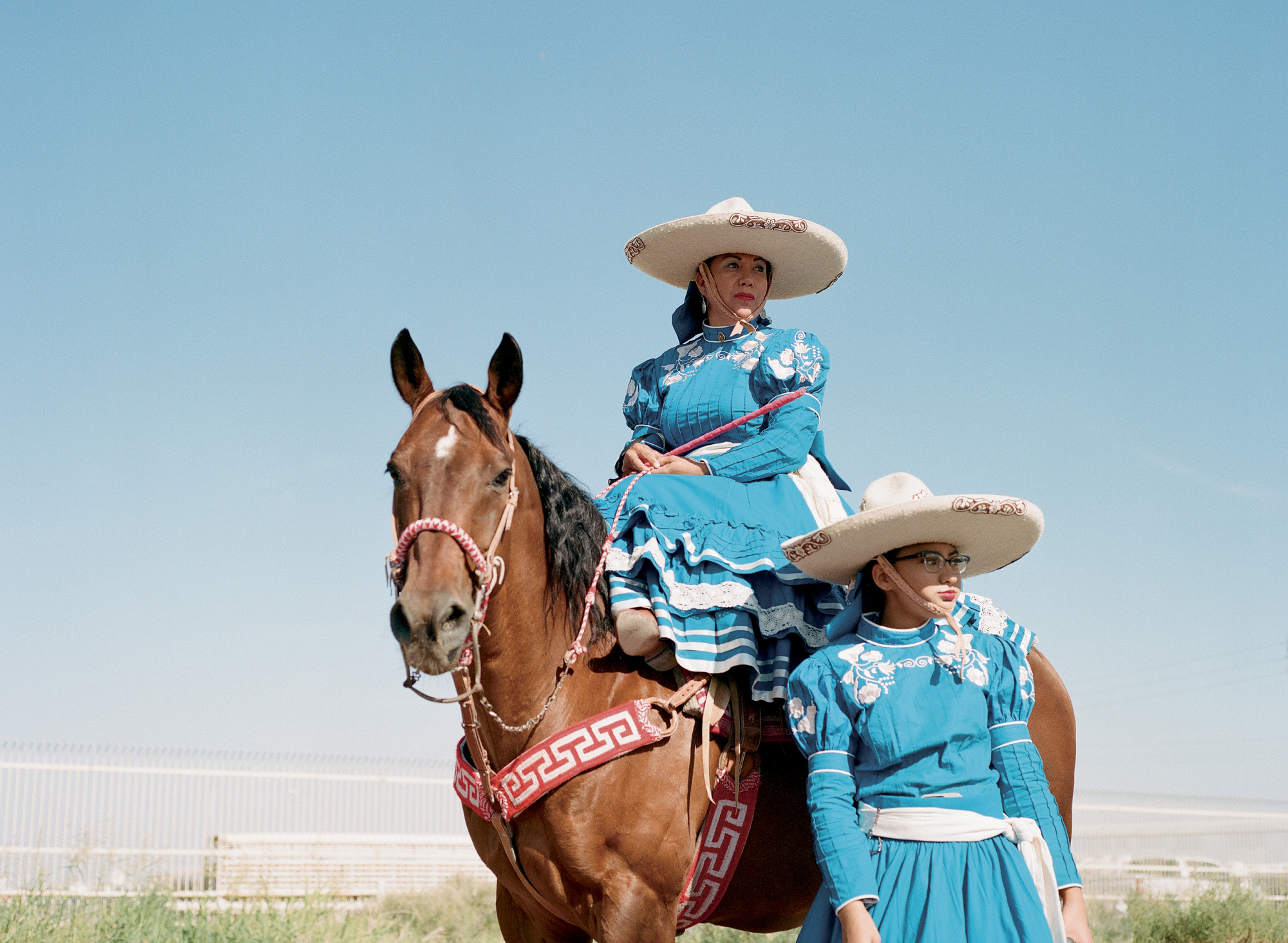

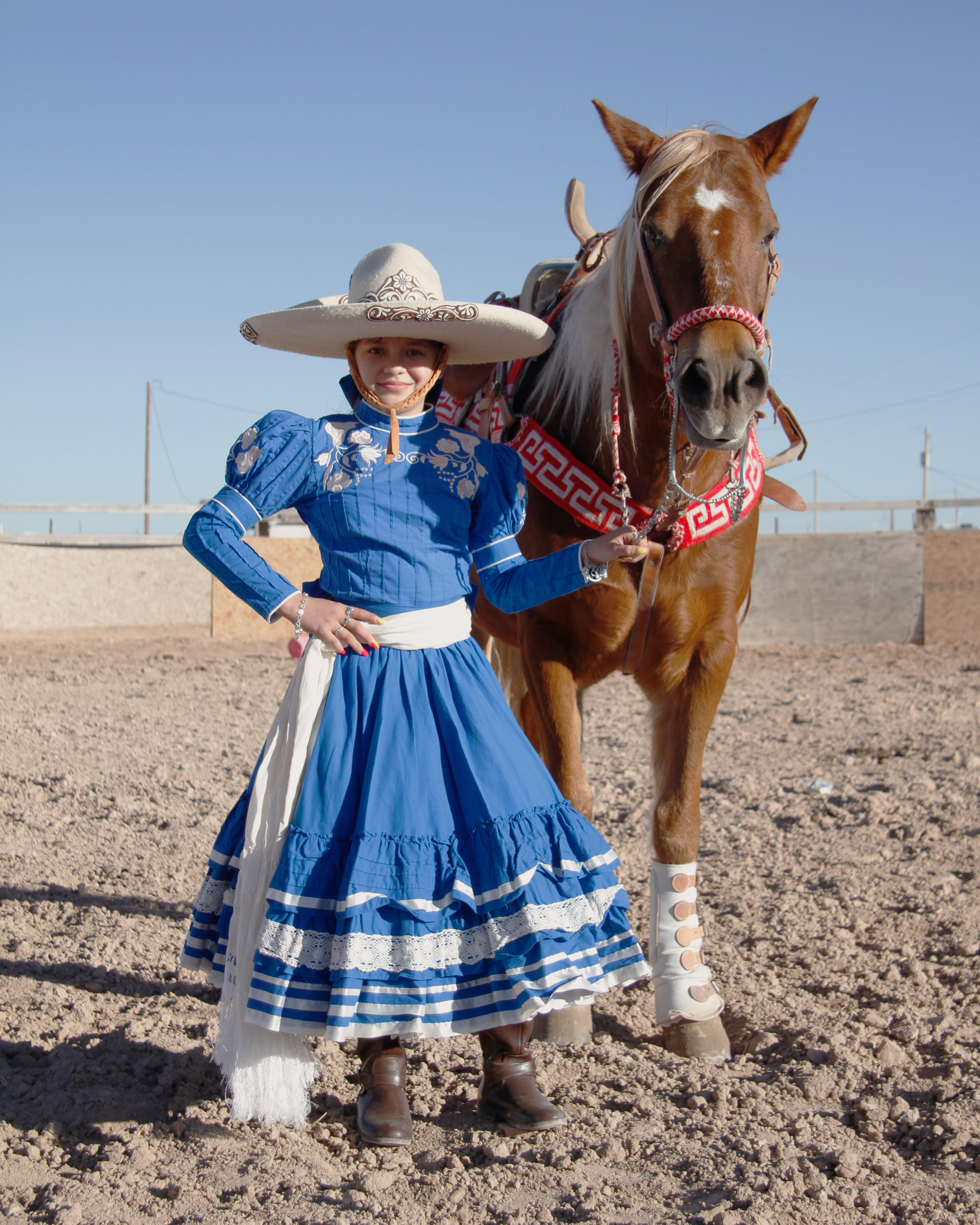
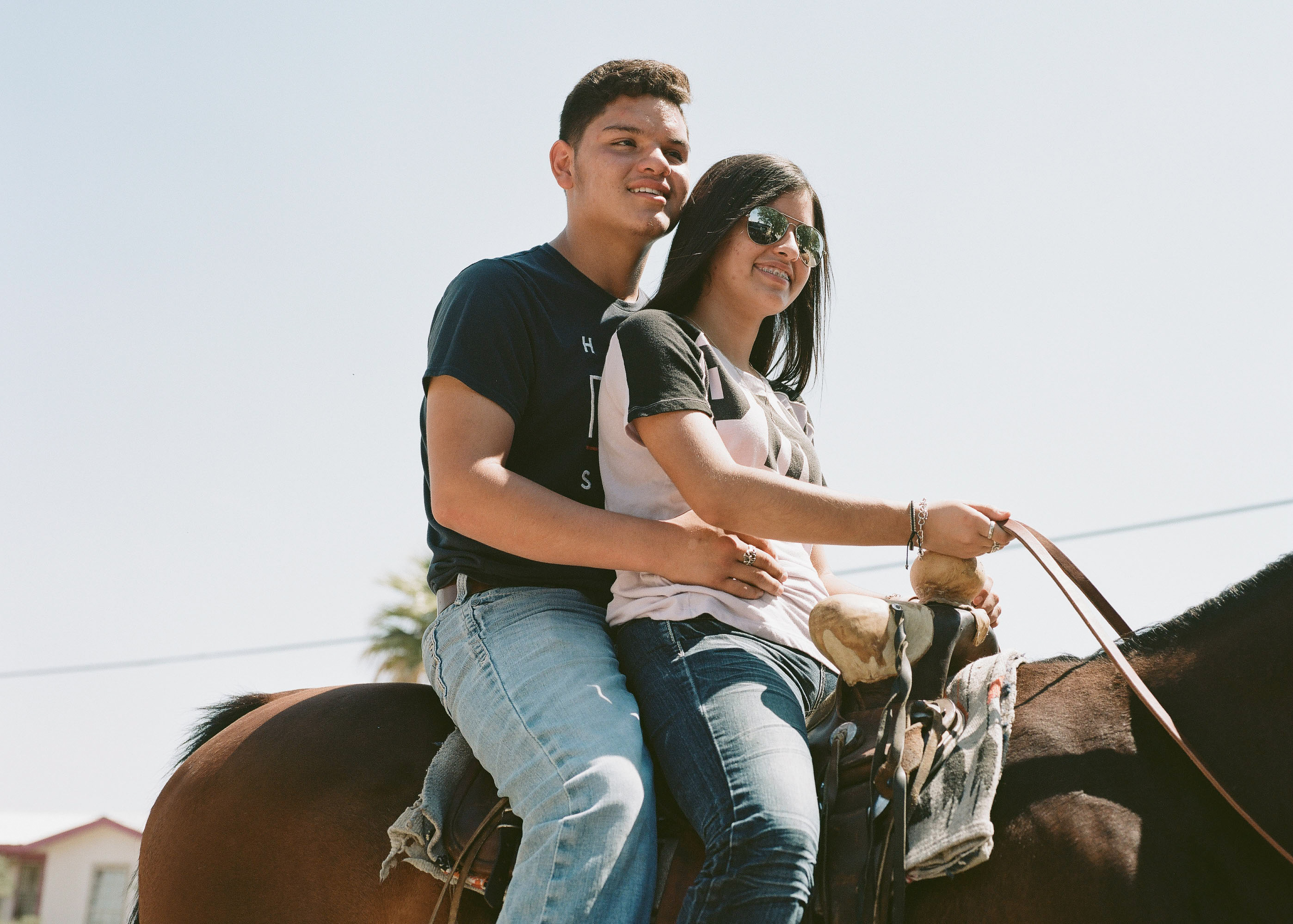
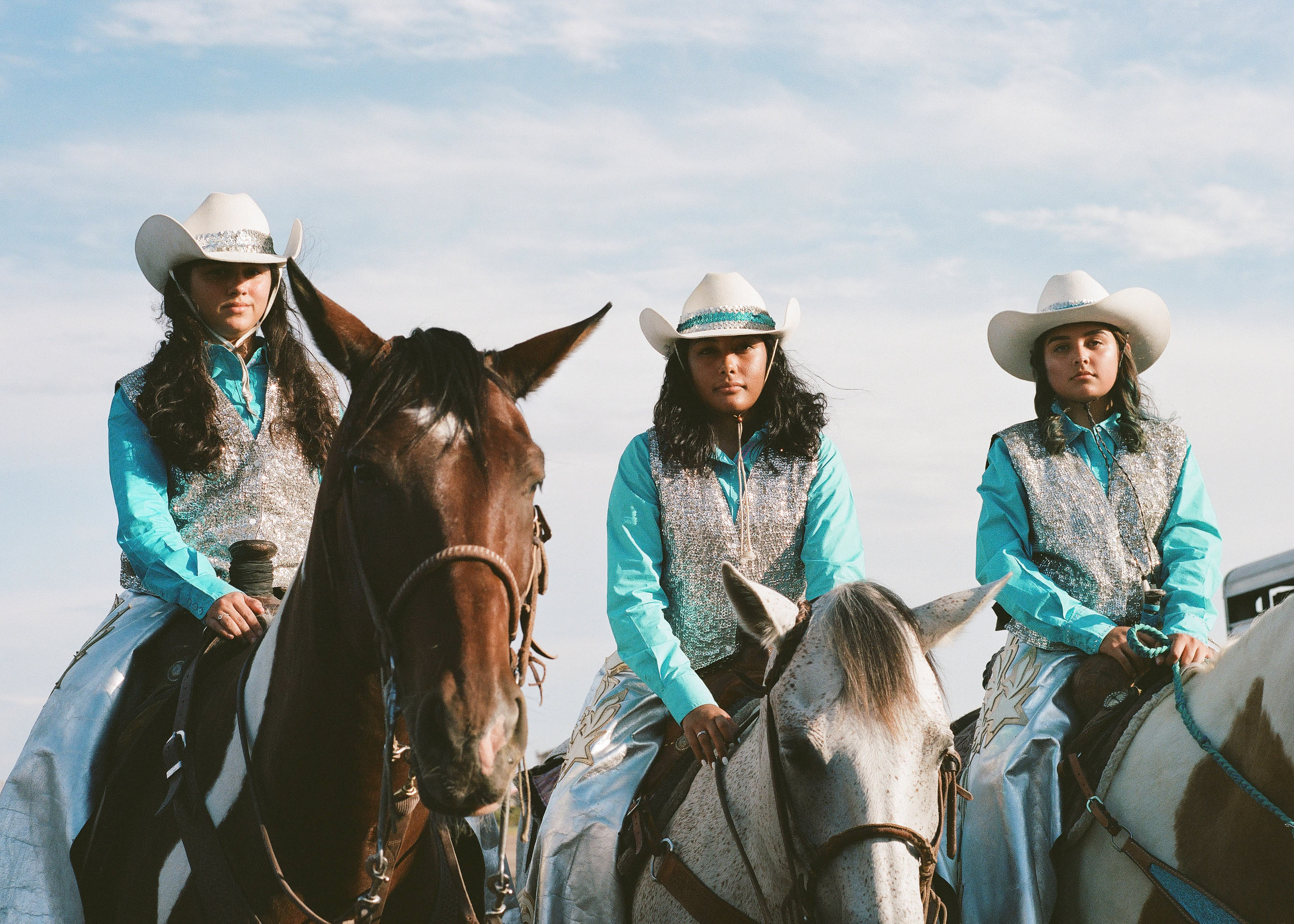
Pecos Rodeo
Pecos Rodeo
The Pecos rodeo is a significant cultural event for my community, and I wanted to photograph some of the women and events during my regular visits to Texas. I photographed some of the young girls from West Texas Dandies, a small group of horse riders that kick off performances in dazzling costumes, carrying sponsor flags. Citi Serrano stands with her hand on one hip looking into the sun in her bedazzled vest, silver chaps, and cowgirl hat. A photograph can never capture how shiny and bright the Dandies’ costumes sparkled in the sun.
I have kept in touch with Sylvia Muela, a lead member of the West Texas Escaramuza Flor del Desierto Riders, since we met at the 2019 Pecos Rodeo Parade. She invited me to take posed photos of her family and other members of her escaramuza team at her home ranch and private rodeo grounds where she keeps her horses, chickens, and cats. The Flor del Desierto Riders, like many escaramuza riders, wear beautiful, colorful traditional dresses. At her ranch, we waited for her team of young girls to arrive with their parents, friends, and brothers. I took pictures of Vane Baeza, a three/four year old little girl dressed in an Elsa costume with a blonde wig, while the members changed into their dresses and prepped their horses.
I have kept in touch with Sylvia Muela, a lead member of the West Texas Escaramuza Flor del Desierto Riders, since we met at the 2019 Pecos Rodeo Parade. She invited me to take posed photos of her family and other members of her escaramuza team at her home ranch and private rodeo grounds where she keeps her horses, chickens, and cats. The Flor del Desierto Riders, like many escaramuza riders, wear beautiful, colorful traditional dresses. At her ranch, we waited for her team of young girls to arrive with their parents, friends, and brothers. I took pictures of Vane Baeza, a three/four year old little girl dressed in an Elsa costume with a blonde wig, while the members changed into their dresses and prepped their horses.

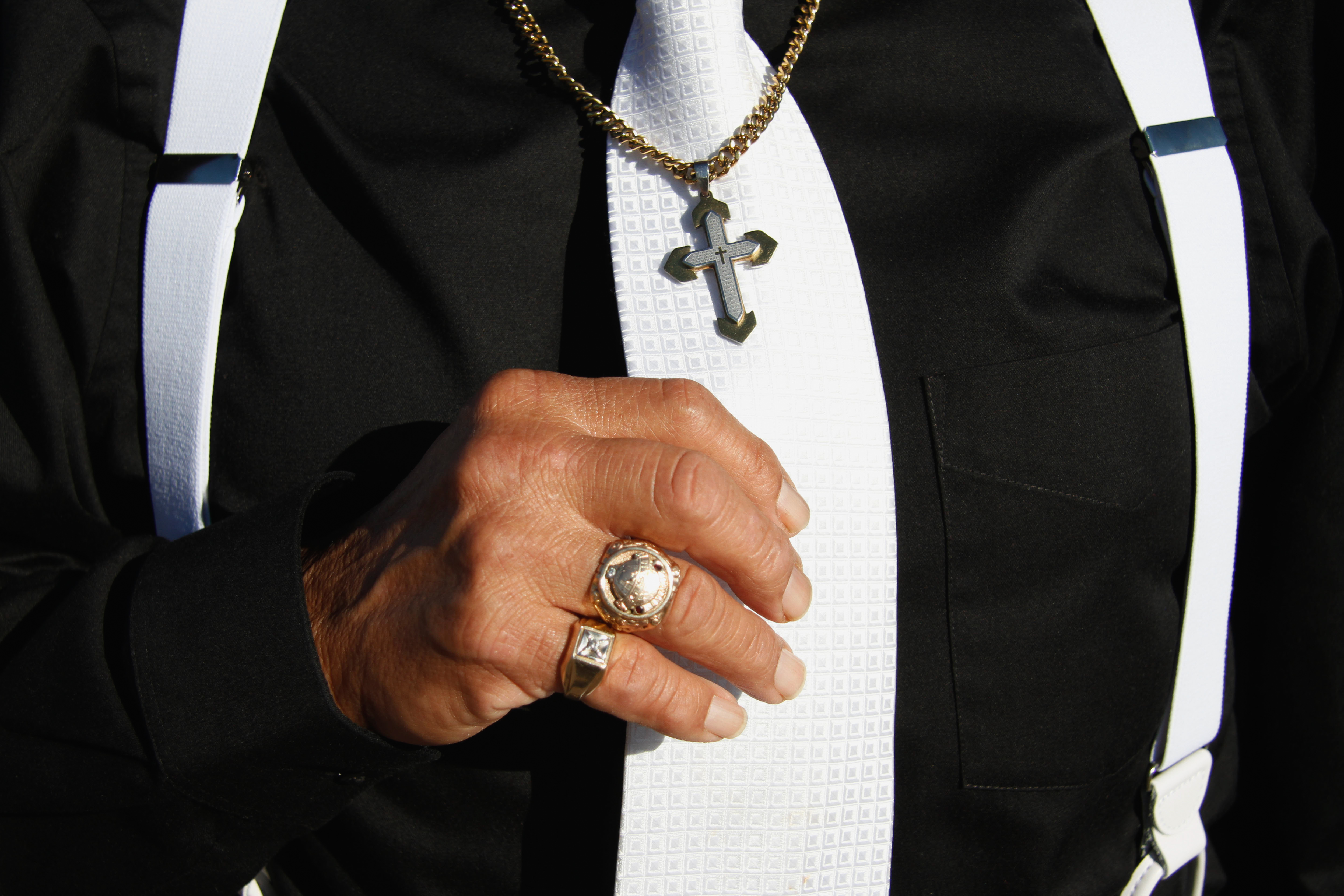
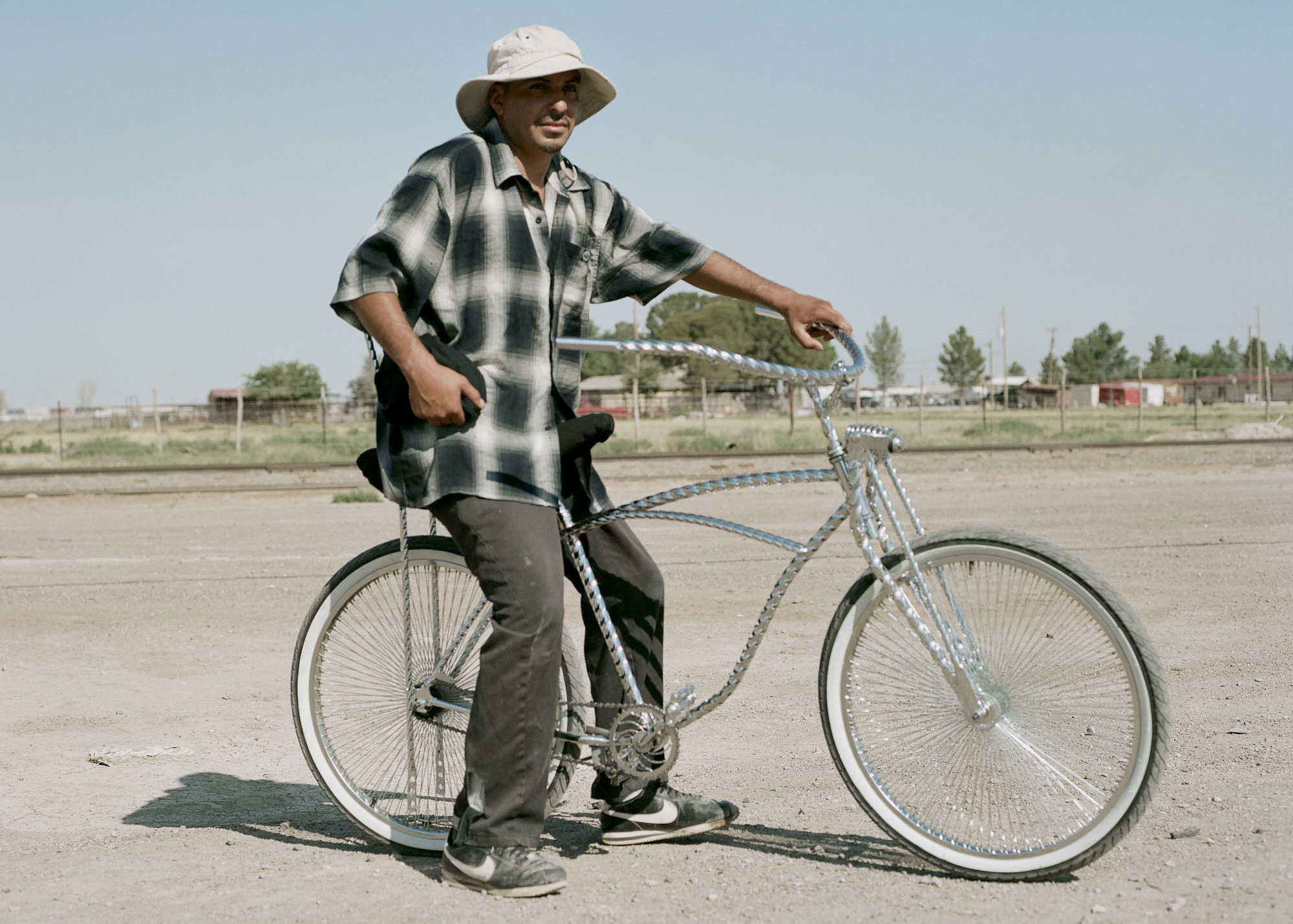


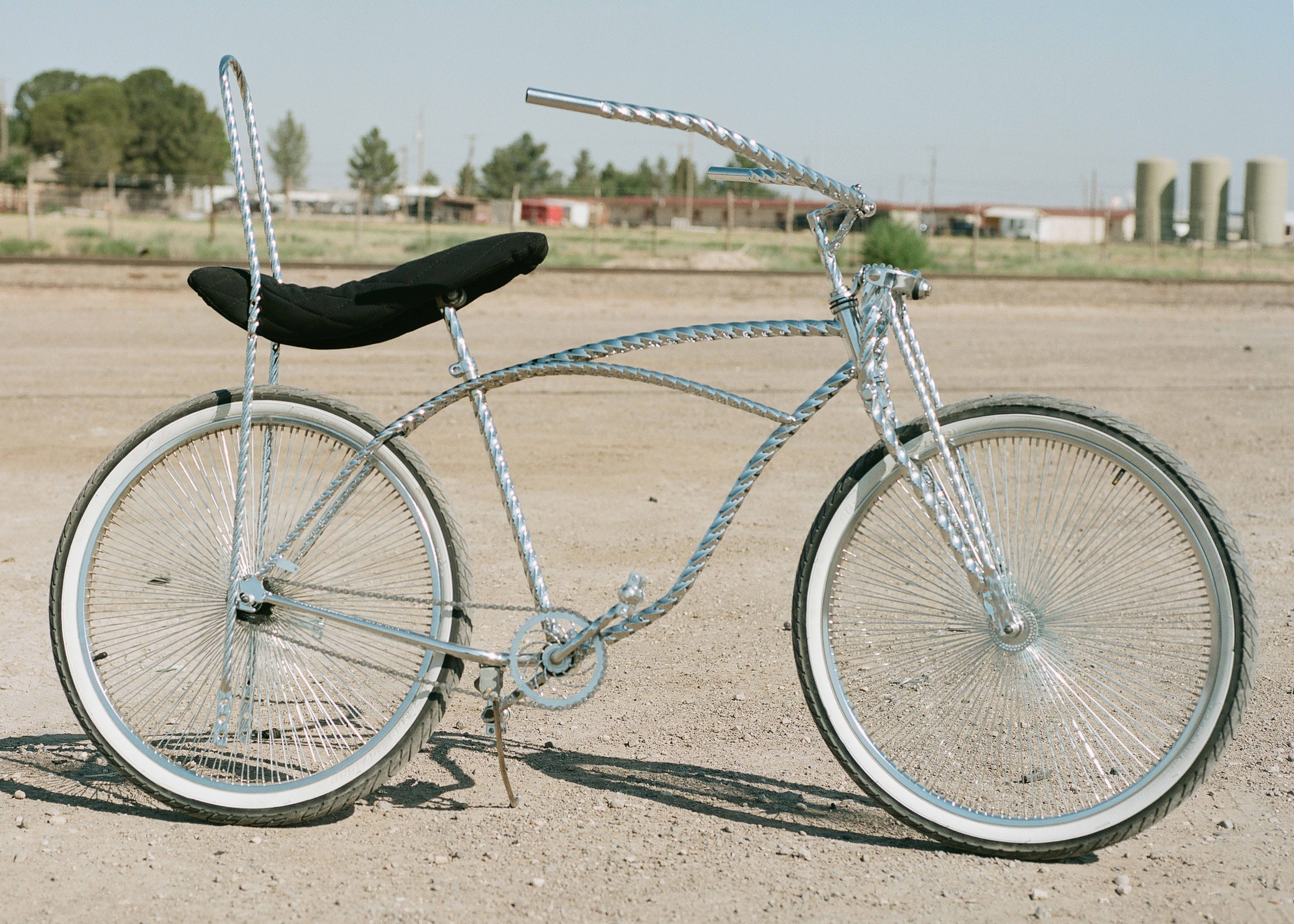

Style
I first saw Hanna Ibarra and her friends dancing on the basketball courts across from the Santa Rosa, the Catholic church I attended and studied in as a kid. They were practicing choreography for Hanna’s upcoming quinceañera. Cumbias from bands like Grupo Control, Celso Piña, and Grupo Massore blasted from their small speakers on loop. They welcomed me to take photos and videos of their three-day practice. I asked Hanna what her full name is and what a quince means to her and she replied, “My name is Hanna Dalila Ibarra, I was born in Mexico and came to live in Texas when I was six. A quinceañera to me is when you celebrate a girl becoming a lady and she’s all grown’d up ready to get her life started. All your family comes over, you eat, you dance, you sing, and have a great time with all your loved ones.” While I was taking Hanna’s picture in her beautiful red gown covered in sparkles, her court of damas and chambelánes continued to dance, shuffle, and spin.
Taken on the east side of town where my childhood was spent, my primo Frank stands tall and proud in his zoot suit, suspenders, hanging chains, and religious jewelry in the middle of the street. Behind him is the giant water tower that reads “Pecos” with the school eagle logo below it. I used to go over to Frank’s to chill with my cousin Cheyanne, and use up all of their printer paper for drawings.
I went to school with Jesse Ortiz, and we never talked much, but he remembered me from after a friend I was with, offered Jesse a ride to his job at Burger King. Jesse poses for me, rockin’ his fur coat and OG Locs sunglasses, sitting outside his home with butterfly decor hanging on the wall. On the cruise to his job, he told me about the type of music he DJs: cumbia, punk, metal, and hip hop. We took a detour and stopped by an empty patch of land on the east side, and I recorded a video of Jesse freestyling.
Pollo Loco is another Pecos character I don’t know much about. He’s quiet, shy, timid, and doesn’t quite look you in the eye. Pollo and his bad ass lowrider bicycle are hard to miss when you see them roaming the streets. His one-of-a-kind, shiny, chrome bicycle is stylish to say the least: a classic banana seat, spoke wheels, and twisted metal handlebars. I came across this beautiful custom made object another time at a local car show. I assumed Pollo entered his prized possession in the competition.


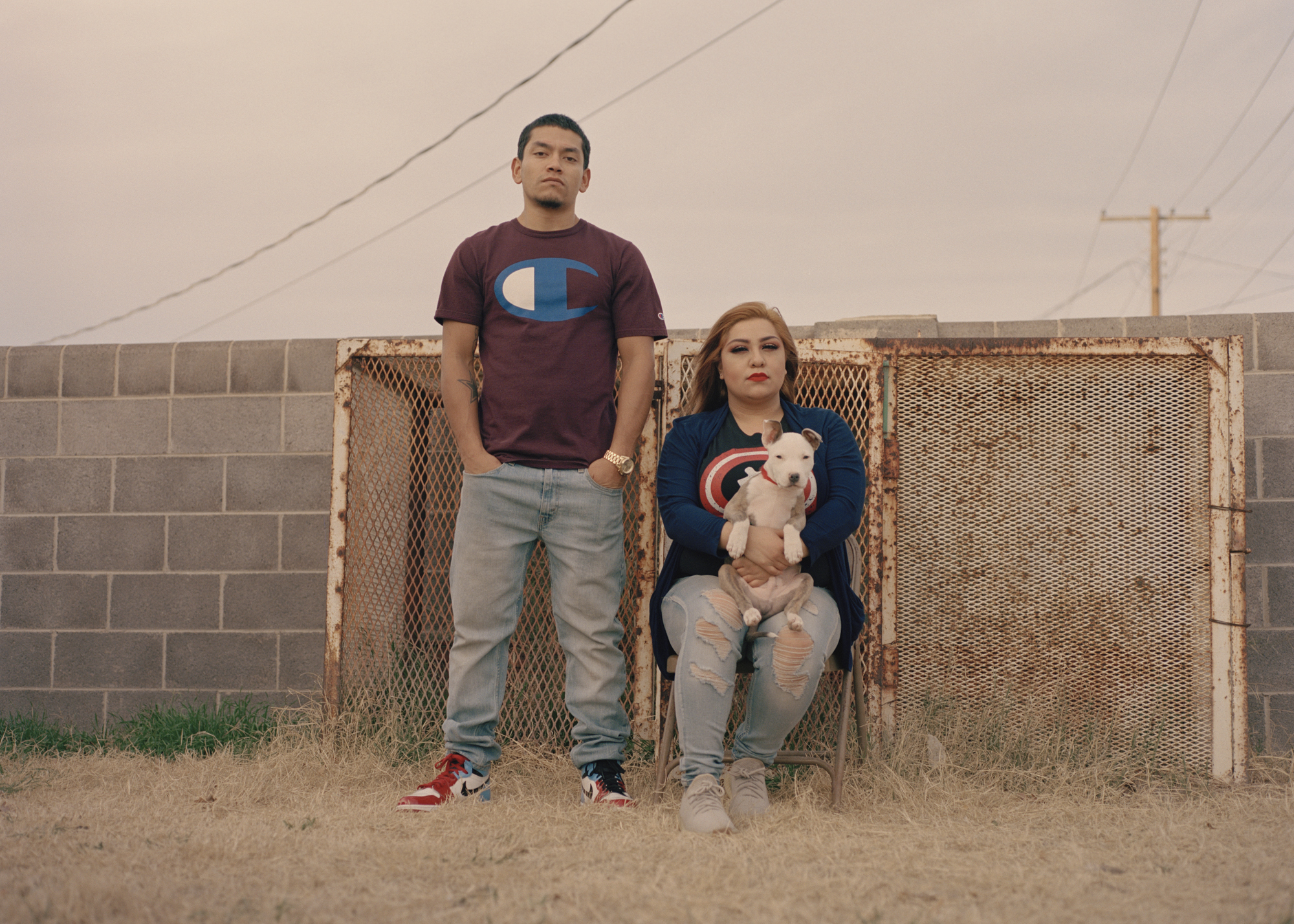


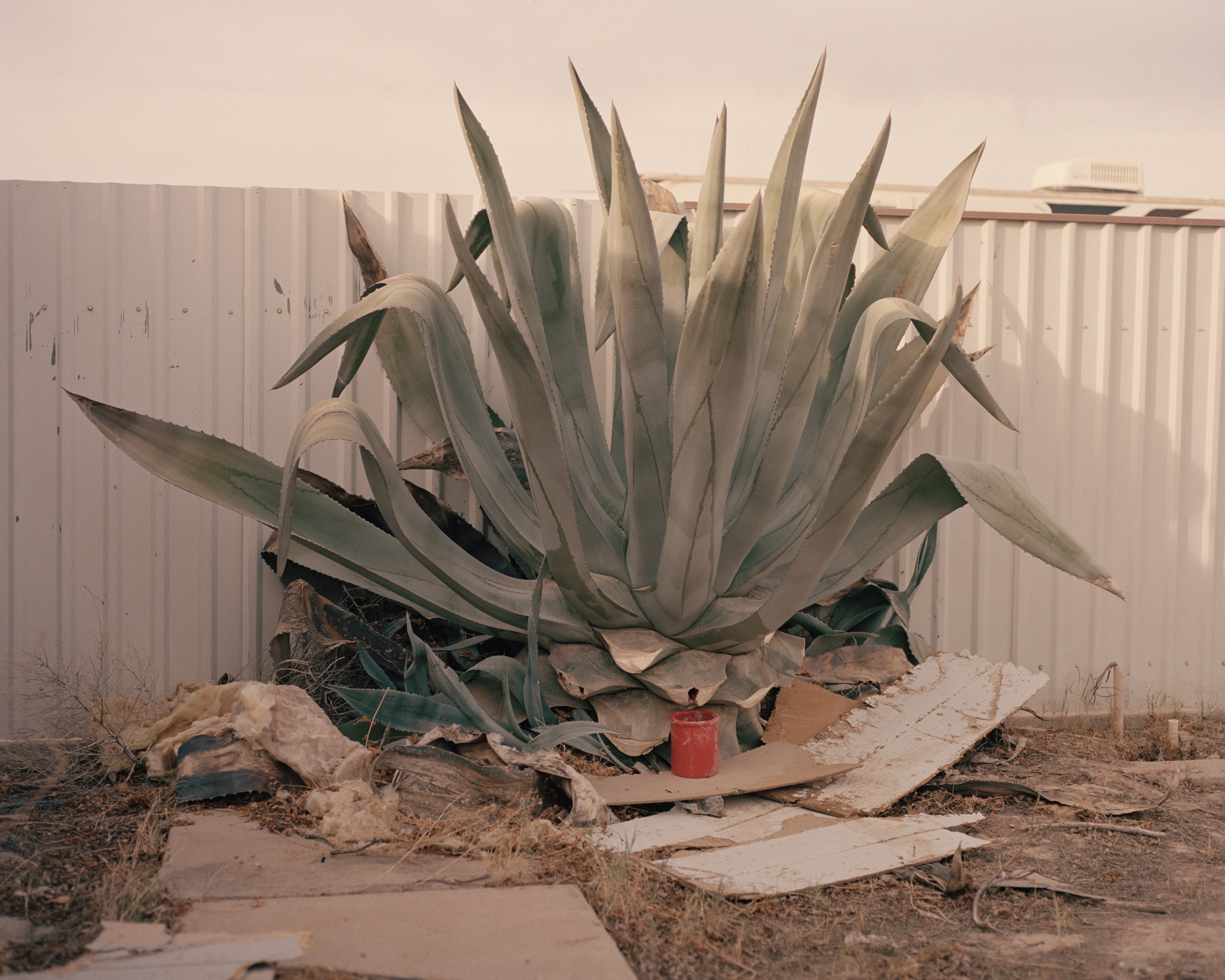


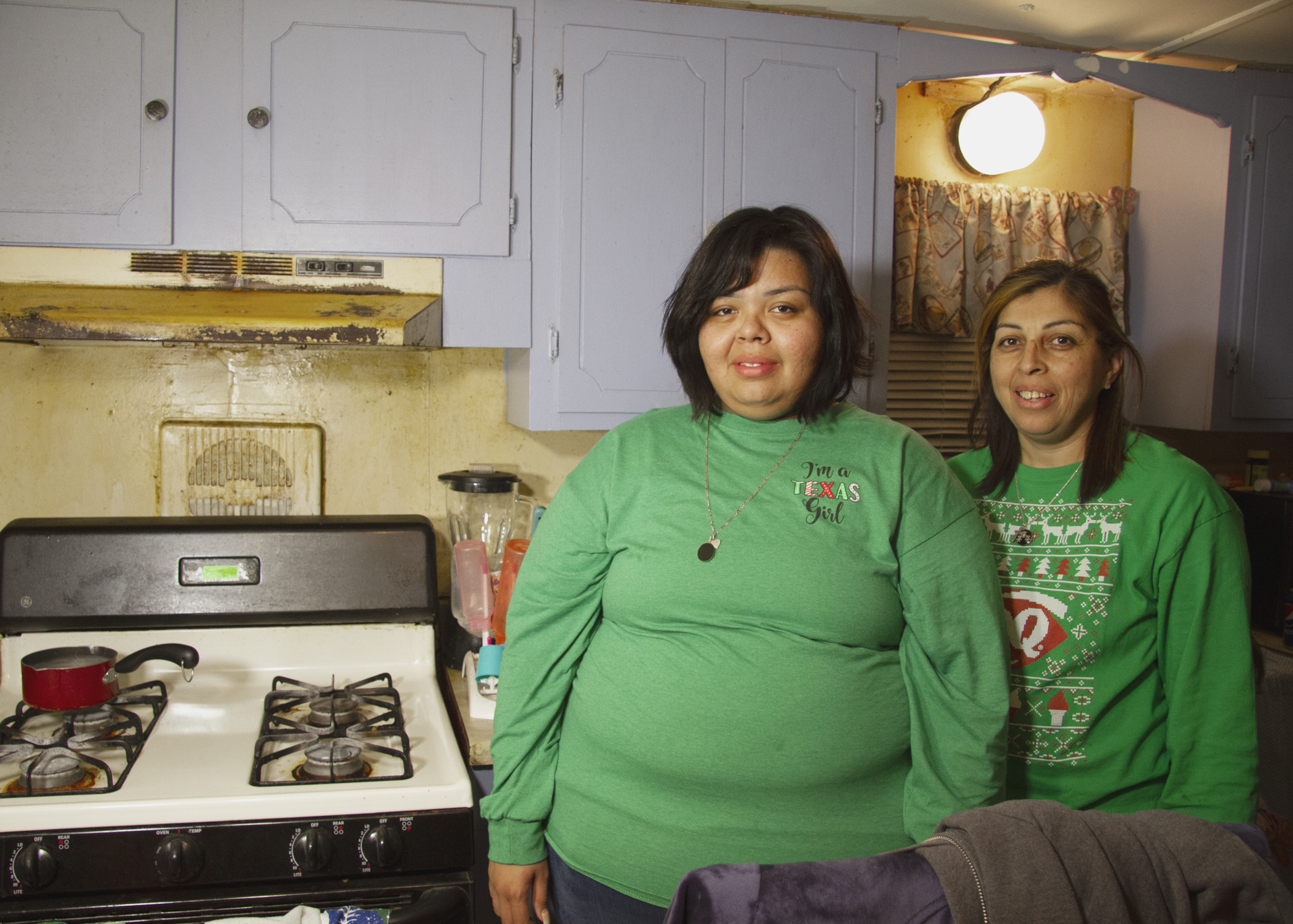


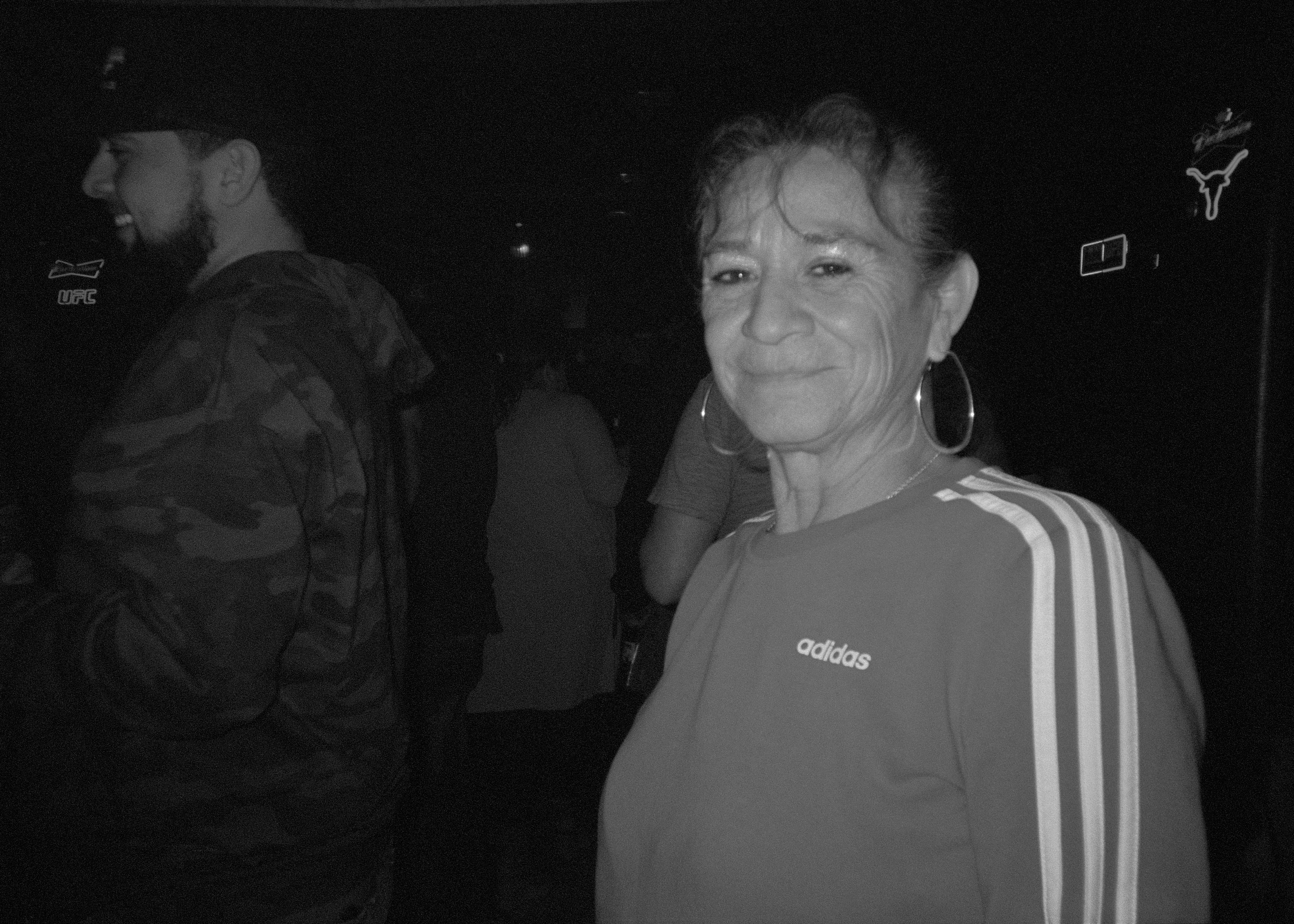


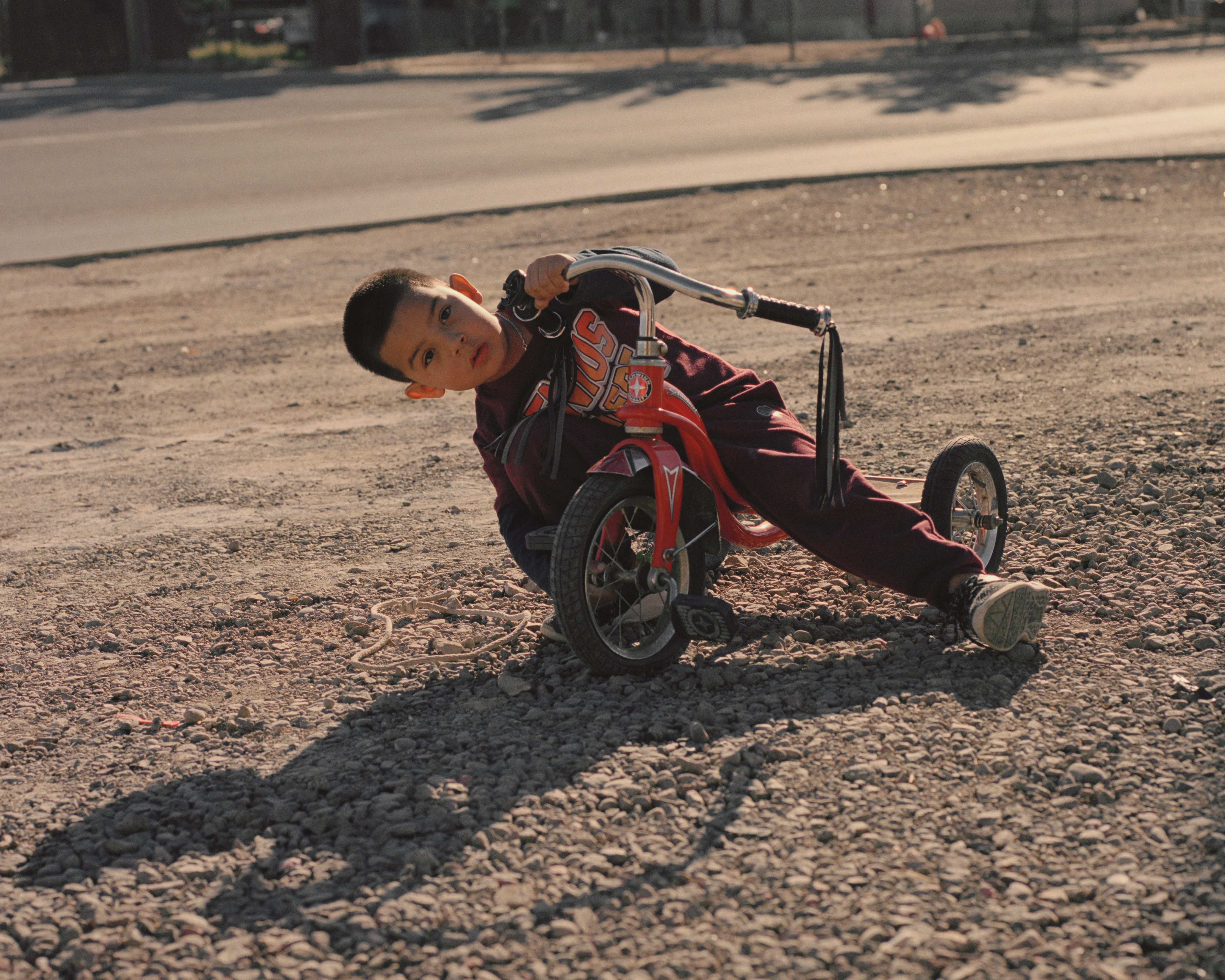
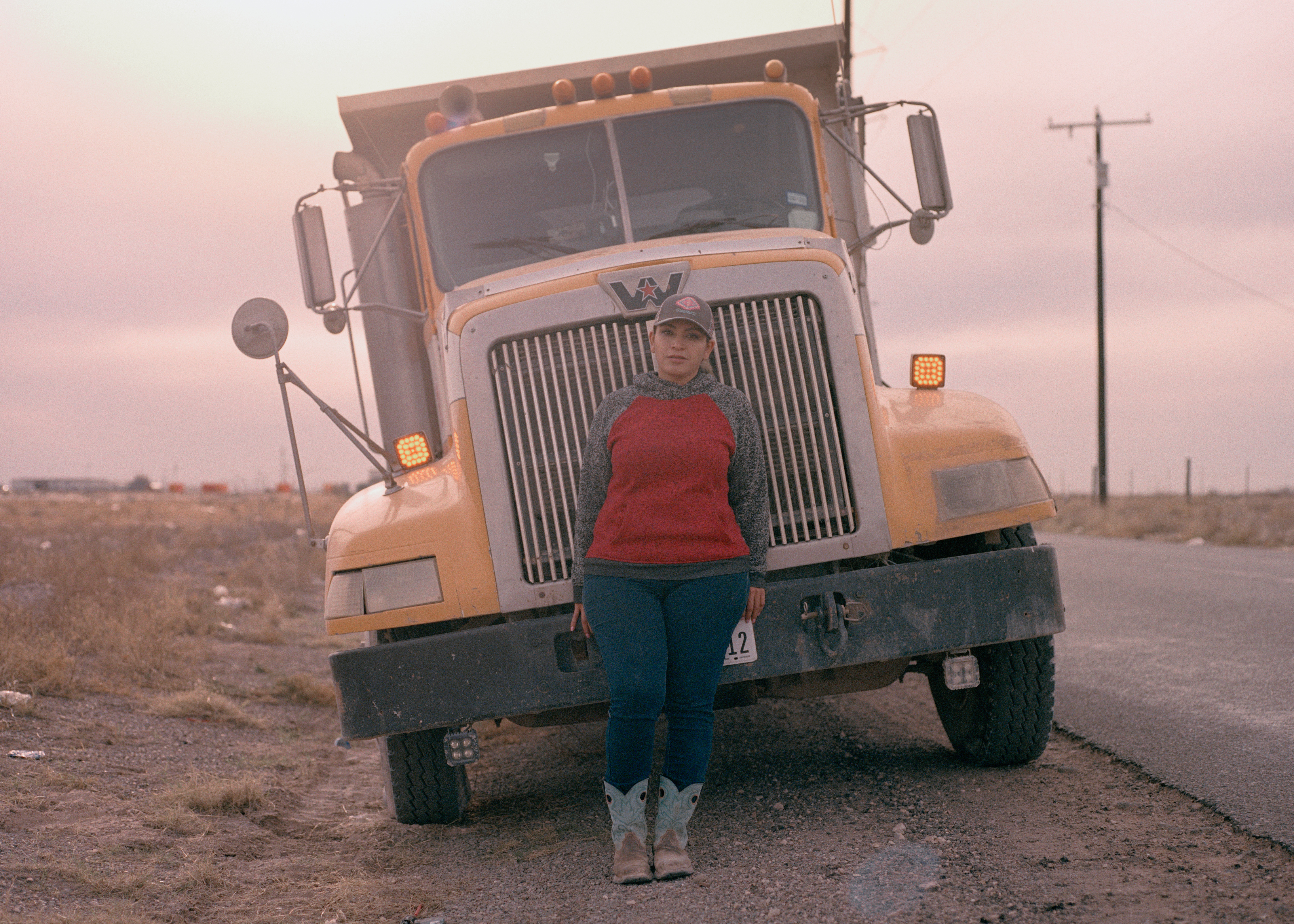
Home, Work, Play
Marí Perea stands in front of a vase of flowers at her desk in the flower shop she’s owned for more than 40 years. “Serving my community is my passion. Every town needs a florist and I’m glad I’m here to provide that,” she says when I ask about her business and take her picture. My mother has worked alongside Mary for 30 years as a florist creating floral arrangements for holidays, weddings, birthdays, and funerals. I grew up in that flower shop, hanging out after school and on weekends while playing with ribbons, fake flowers, and plastic toys used for gifts. The scent of greenery on my mother’s hands as she touched my face, after a long day working for $7 an hour, will be a lasting memory.
Freddy’s Ice House is the spot. One of three bar/clubs in town, Fred’s has the best dance floor. Corridos, cumbias, reggaeton, and country bring people out on Friday and Saturday nights, including me. In the club, I carried a disposable camera. I asked permission to snap pics of the bartenders, couples sitting at the bar, women in the bathroom, and dancers getting down on the floor. A vivid memory I have at Freddy’s is a woman wearing a t-shirt that reads ‘QUEEN’ twerking, twirling, and grinding holding a bud light in one hand. Oil field worker men crowd Fred’s, too. After all, that is all there is to do.